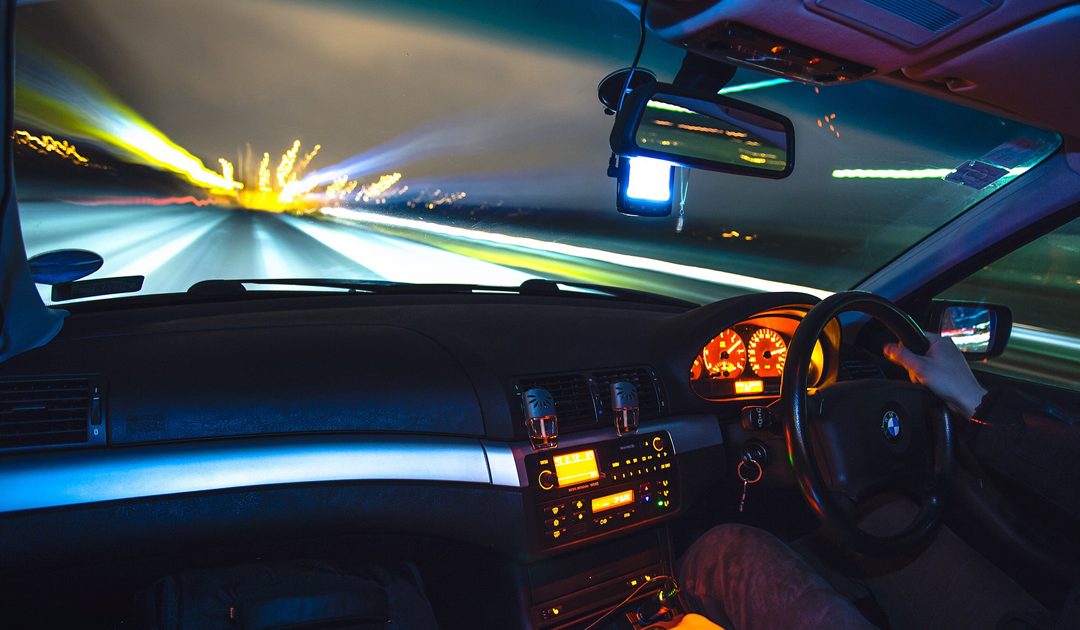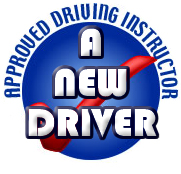
Driving At Night
Today is the shortest day of the year, which means we will have the least amount of natural daylight, which poses a challenge for drivers who are leaving for work and coming home from work in darkness. Every morning in Dublin, there are several near misses on our roads and often reports on the radio of early morning crashes on the M50. We are encouraging new drivers to be extra careful in the darker days and below, we have some tips on what you can do to be more prepared.
Familiar routes can pose totally different challenges in the dark and you really do need to be extra careful when driving, even if you think you know the road well. Even during the day, darker conditions bring poor visibility and higher risk of collisions, simply because it can be harder to spot hazards.
Depth perception, color recognition and peripheral vision can be compromised in the dark, and the glare of headlights from an oncoming vehicle can temporarily blind a driver. Even with high-beam headlights on, visibility is limited to about 500 feet (250 feet for normal headlights) creating less time to react to something in the road, especially when driving at higher speeds.
What should you do to combat darkness?
- Aim your headlights correctly, and make sure they’re clean
- Dim your dashboard
- Look away from oncoming lights
- If you wear glasses, make sure they’re anti-reflective
- Clean the windshield to eliminate streaks
- Slow down to compensate for limited visibility and reduced stopping time
How can you make it home safely during rush hour?
- Don’t be an impatient driver; slow down
- Stay in your lane and beware of drivers who dart from lane to lane
- Even though the route may be familiar, don’t go on autopilot; stay alert
- In unfamiliar areas, consult a map before you go and memorize your route
- Don’t touch your phone, eat, drink or do other things that are distracting
The National Sleep Foundation offers this advice to combat fatigue:
- Get seven or more hours of sleep a night
- Don’t drive if you’ve been awake for 16 hours or more
- Stop every two hours to rest
- Pull over and take a nap if you’re drowsy
- Travel during times you are normally awake
While we do only one quarter of our driving at night, 50% of traffic deaths happen at night. It doesn’t matter whether the road is familiar or not, driving at night is always more dangerous.
